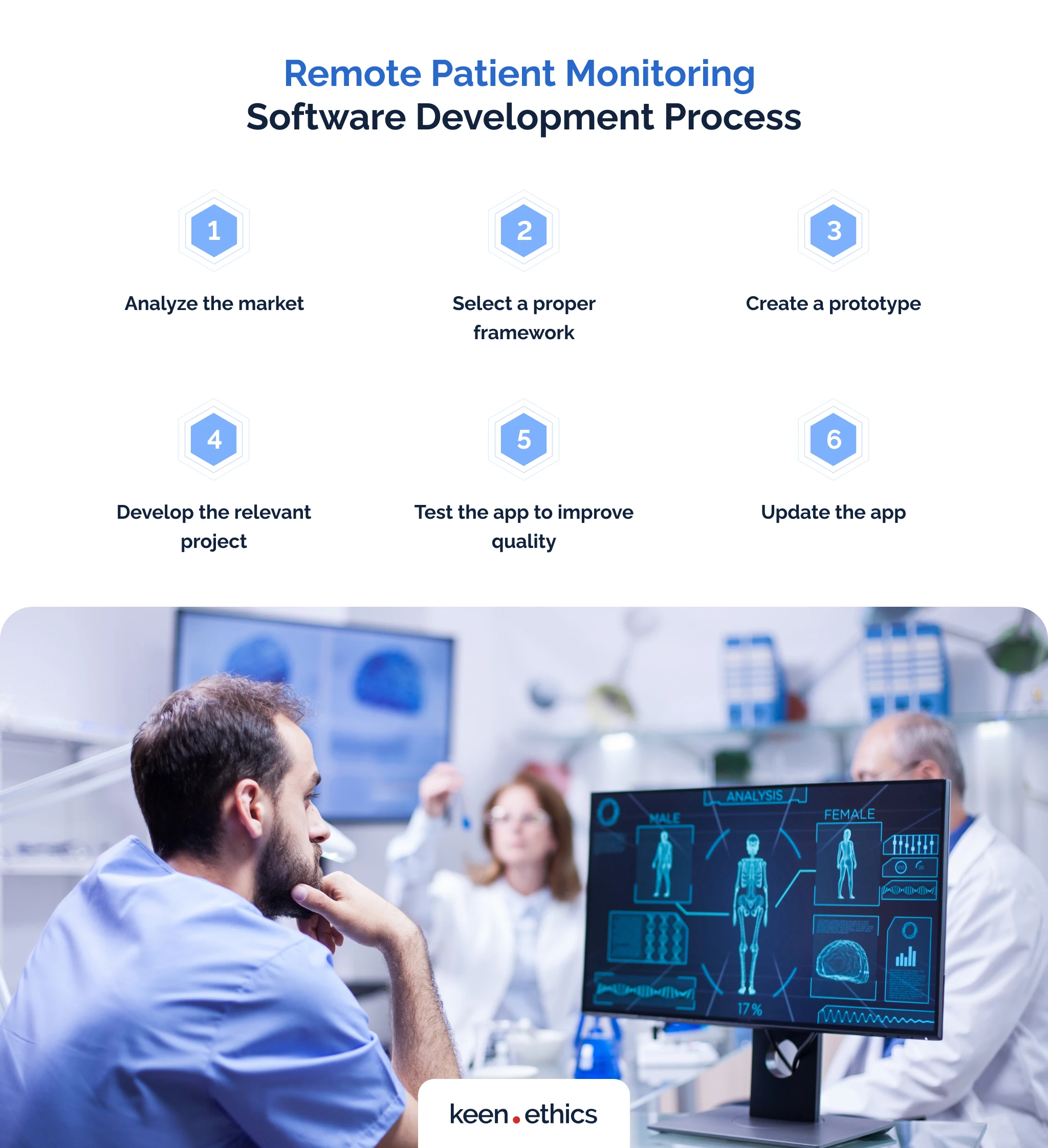The Future of Healthcare: Remote Individual Monitoring Simplified
As medical care remains to develop, one area that holds tremendous pledge is remote individual tracking. The idea of simplifying this procedure with technical developments is improving the method treatment is supplied and received. With a focus on improving person end results and improving health care distribution, remote tracking is positioned to revolutionize the industry. By exploring the advantages, technological developments, and future fads in this area, we can obtain beneficial insights into the transformative capacity of remote individual tracking.
Benefits of Remote Person Tracking
Remote client surveillance presents a plethora of benefits for both health care companies and patients alike. Furthermore, remote person monitoring boosts the overall top quality of care by offering an extra holistic and detailed sight of clients' wellness condition past traditional in-person sees.
Furthermore, remote client tracking can lead to improved patient end results and contentment. Remote tracking can minimize the need for constant health center sees, reducing health care costs for both providers and people.
Innovation Driving Remote Tracking
In the realm of modern medical care, technological improvements play an essential role in driving the advancement and efficiency of remote patient tracking. The integration of cutting-edge innovations such as wearable tools, mobile applications, and cloud-based platforms has reinvented the method doctor remotely keep an eye on and manage client wellness - remote patient monitoring platform. These technologies make it possible for continuous real-time tracking of essential signs, medicine adherence, and various other essential wellness information, enabling timely treatments and personalized treatment strategies
One key innovation driving remote surveillance is the Internet of Things (IoT), which allows smooth connectivity between clinical tools and healthcare systems. IoT gadgets such as smartwatches and cordless sensing units transmit and gather patient information to centralized platforms, promoting remote monitoring from anywhere in the world. Man-made knowledge (AI) and artificial intelligence algorithms even more improve remote monitoring by examining substantial quantities of person information to spot patterns, anticipate health and wellness patterns, and sharp health care providers to prospective problems.
Effect On Medical Care Distribution
With the assimilation of innovative modern technologies driving remote patient monitoring, the impact on healthcare distribution is becoming transformative and increasingly profound. Remote person surveillance permits doctor to supply even more aggressive and tailored like patients, bring about boosted health and wellness outcomes and lowered hospital admissions. By from another location tracking essential indications, symptoms, and medicine adherence, health care professionals can interfere early, stopping problems and boosting the general quality of treatment.
In addition, remote tracking enhances accessibility to health care solutions, especially for people in country or underserved locations. Patients can obtain constant monitoring and assistance from their homes, eliminating the demand for frequent in-person brows through. This not only conserves time and minimizes costs for both individuals and healthcare facilities but likewise minimizes the danger of direct exposure to contagious conditions, a vital consideration in the existing healthcare landscape.
Furthermore, remote person tracking enables doctor to much better allot resources and focus on treatment based on real-time data. By recognizing high-risk people and stepping in quickly, health care distribution ends up being a lot more efficient and reliable, inevitably leading to a much more sustainable and patient-centered health care system.
Improving Client Results

Moreover, RPM permits proactive management of persistent problems, reducing the likelihood of acute worsenings and health center readmissions. People gain from raised comfort and convenience, as they can get care in their very own homes while remaining linked to browse around this site their doctor. This continual surveillance not only enhances patient satisfaction yet likewise fosters a feeling of empowerment and involvement in their own health management.
Future Trends in Remote Monitoring
Welcoming innovative technologies in remote patient surveillance is shaping the future landscape of healthcare distribution. The future patterns in remote monitoring are anticipated to reinvent the method healthcare is provided, use this link making it extra patient-centric and effective. One significant fad is the boosted use of wearable tools and sensors to accumulate real-time data, making it possible for doctor to keep track of individuals continuously without the demand for frequent in-person brows through. These gadgets can track vital indications, medication adherence, and task levels, supplying a comprehensive sight of the patient's wellness condition.

Moreover, telehealth systems are becoming a lot more innovative, allowing for online appointments, remote diagnosis, and remote client checking all in one integrated system (remote patient monitoring platform). This holistic strategy to remote monitoring is enhancing medical care delivery, enhancing individual contentment, and ultimately, improving overall high quality of treatment
Verdict
Finally, remote patient monitoring provides many advantages in health care shipment, driven by improvements in innovation. It has the possible to boost person end results and reinvent the means health care is provided. Future patterns in remote tracking will continue to shape the landscape of health care, offering opportunities for even more reliable and tailored individual care.
Remote client monitoring presents a multitude of advantages for both health care carriers and patients alike. In addition, remote individual tracking enhances the total top quality of care by providing an Go Here extra detailed and alternative sight of individuals' health and wellness status past typical in-person gos to.
Moreover, remote person surveillance can lead to improved patient end results and contentment. Remote client surveillance enables healthcare carriers to provide more tailored and proactive care to people, leading to boosted health end results and reduced health center admissions. Remote patient surveillance (RPM) plays a considerable duty in improving client end results by supplying continuous, real-time data that makes it possible for healthcare suppliers to intervene quickly and readjust therapy plans as required.
Comments on “Selecting the Best Remote Patient Monitoring Software: Key Considerations”